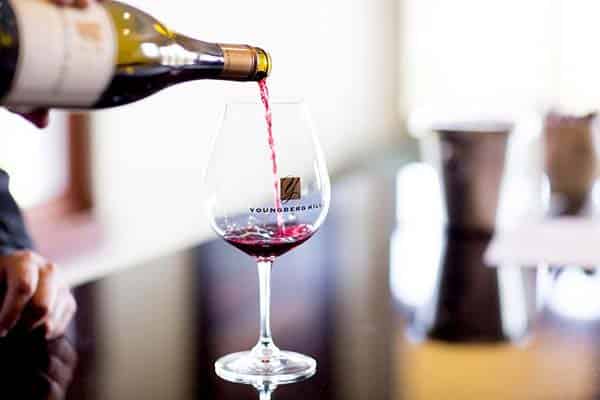The term “racking” means moving wine from one vessel to another. Sometimes that is from tank to barrel, sometimes barrel to barrel, and sometimes barrel to tank. Racking serves several purposes at different times during the wine making process. The first racking is usually done shortly after initial fermentation of sugar to alcohol is complete. This separates the wine from the skins, seeds, dead yeast cells, and other particles that settle to the bottom of the tank. Red wine typically goes into barrel at this racking.
Red wines typically will be racked on other occasions during wine aging depending on the preferences of the winemaker and the grape varietal. After wine has finished secondary (Malolactic) fermentation converting malo acid to lactic acid, wines may be racked again to further clarify the wine by taking the wine out of barrel, cleaning the barrel of the lees, and then putting the wine back into barrel. (Lees are the sediment in the wine left over from the first racking and may contain attributes that may improve or not improve wine quality.) This is the point at which the artisan hand of the winemaker comes into play. Knowledge of the fruit from a particular vineyard, knowing the age of the vines and impacts of terrior, understanding the specific nuances of that vintage, and how the wine is aging in barrel; all play in the decision of whether to rack or not.
Then there is the final racking, moving the wine from barrel into tank for settling before bottling. To learn more about racking and how it translates into the development of the wine, come to Youngberg Hill.









